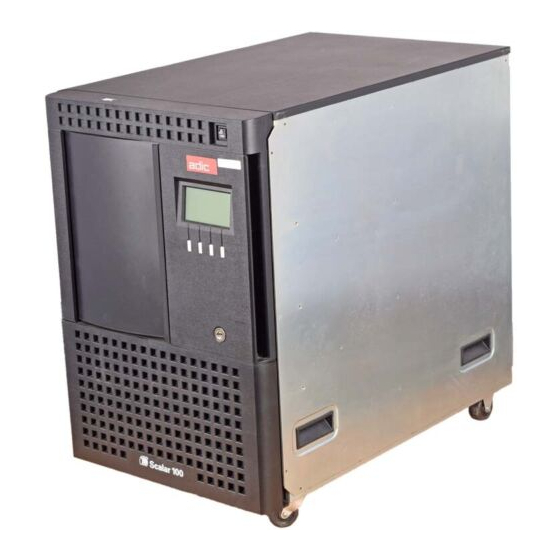
ADIC Scalar 100 Tape Library Manuals
Manuals and User Guides for ADIC Scalar 100 Tape Library. We have 7 ADIC Scalar 100 Tape Library manuals available for free PDF download: User Manual, Installation And Operating Manual, Quick Start Manual, Release Note
Advertisement
Advertisement
ADIC Scalar 100 Quick Start Manual (2 pages)
Quantum Scalar 100: Quick Start
Advertisement






